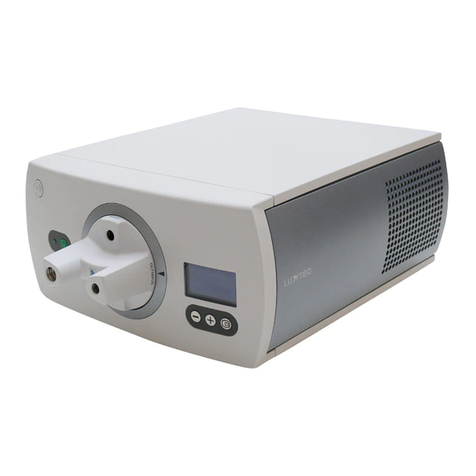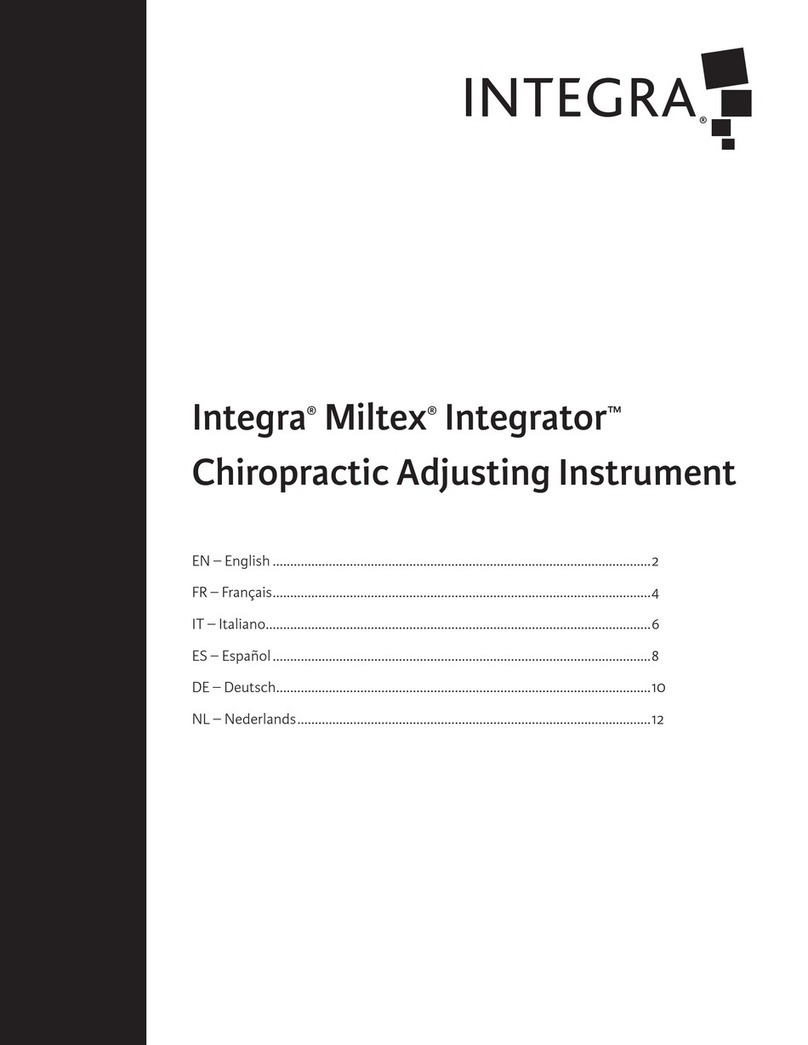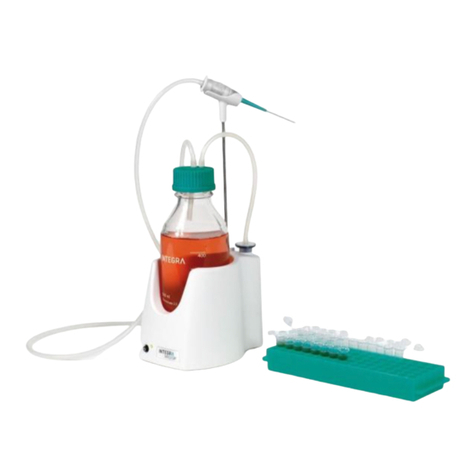Integra MAYFIELD Pediatric Radiolucent Horseshoe... User manual
Other Integra Medical Equipment manuals
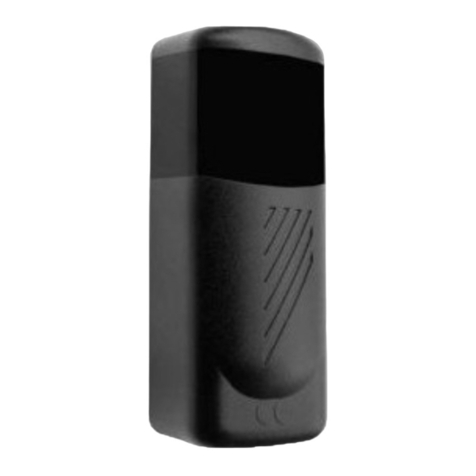
Integra
Integra RAY-180 Product manual
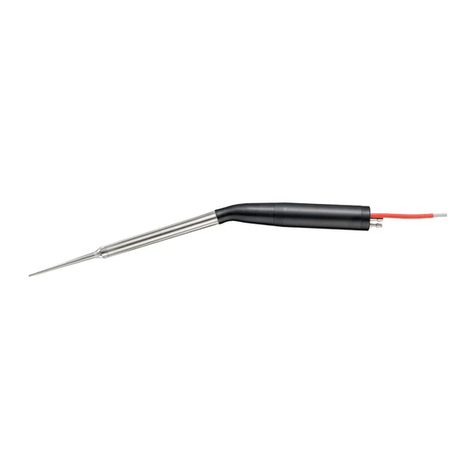
Integra
Integra 1523243 User manual
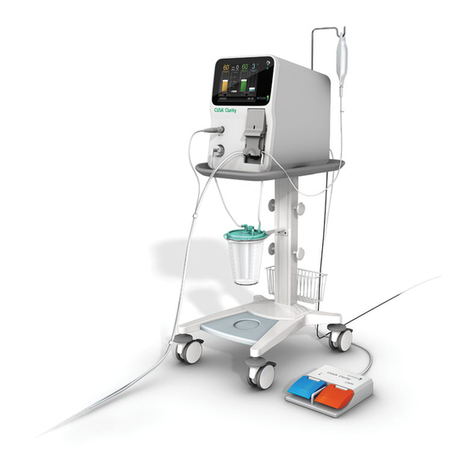
Integra
Integra CUSA Clarity Configuration guide
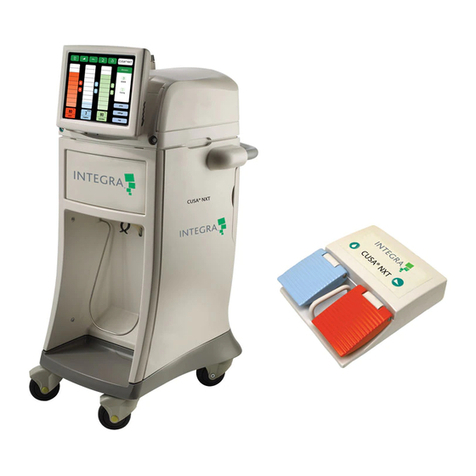
Integra
Integra CUSA NXT User manual
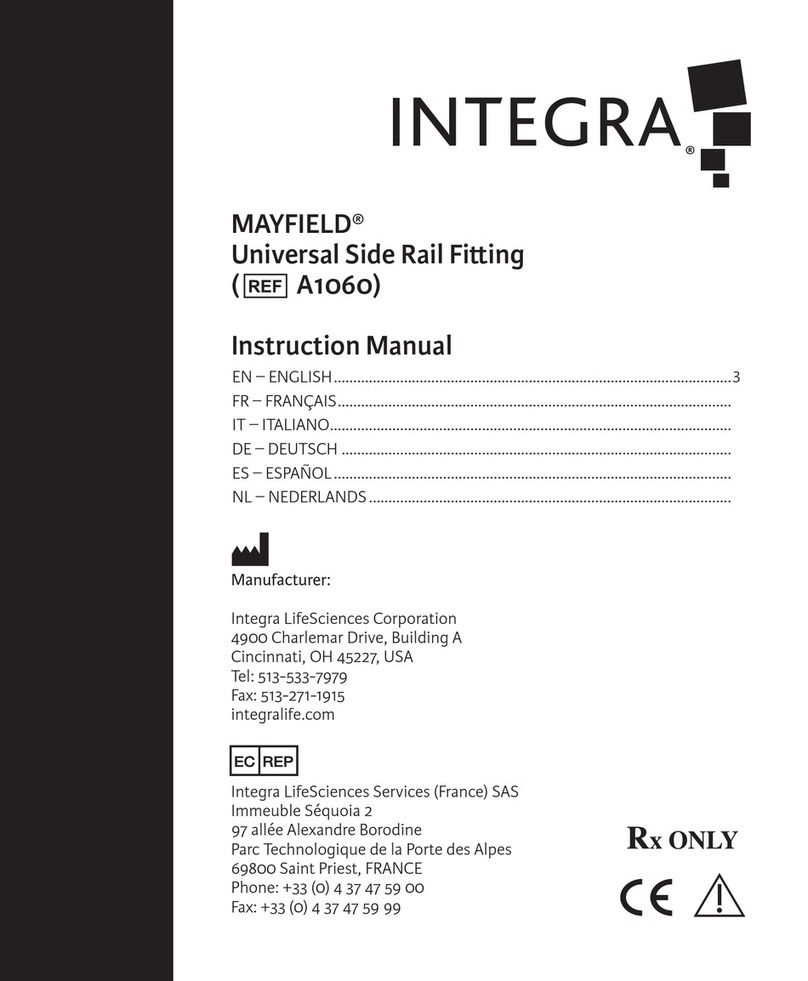
Integra
Integra MAYFIELD A1060 User manual
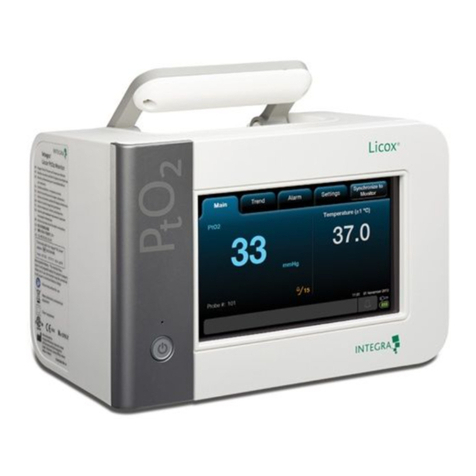
Integra
Integra Total Foot System 2 User manual
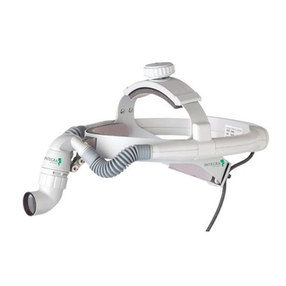
Integra
Integra 90520 Operation manual
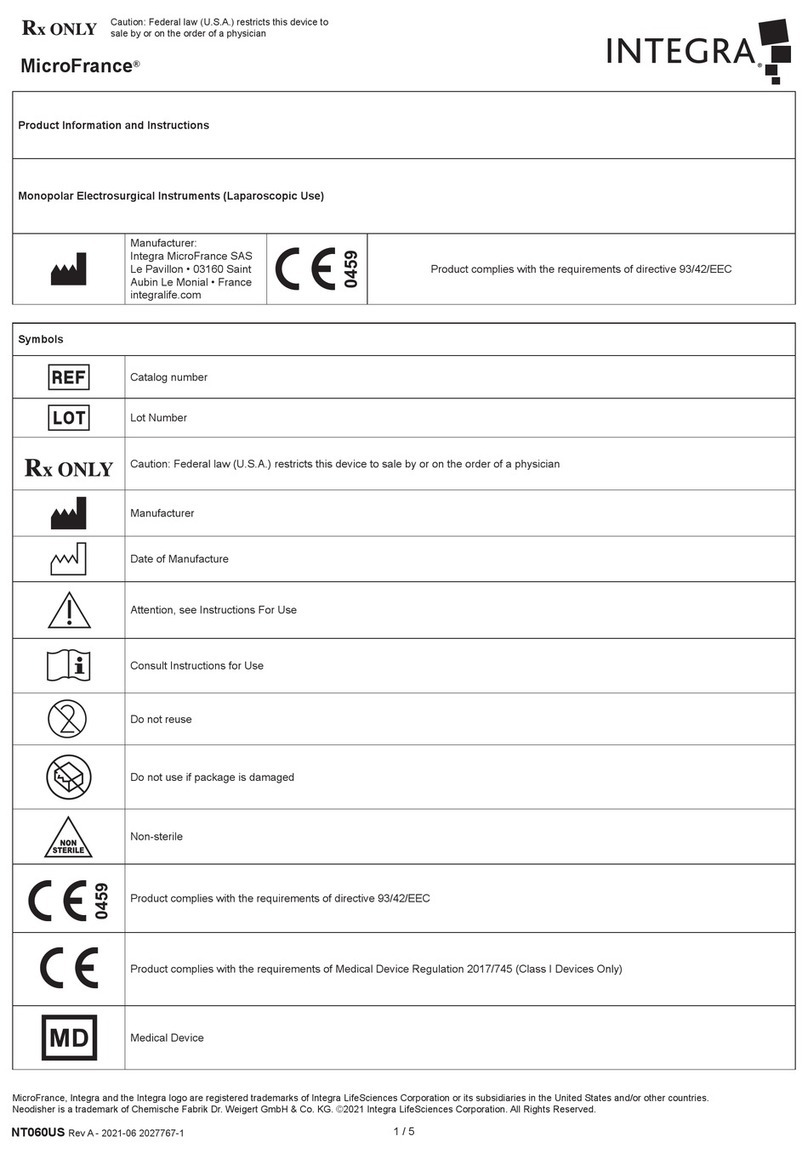
Integra
Integra MicroFrance CP391 User manual
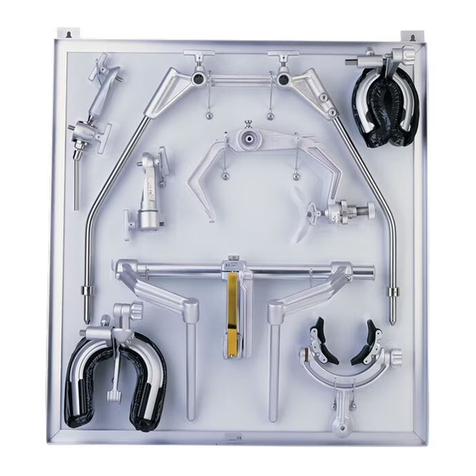
Integra
Integra MAYFIELD A1023 User manual
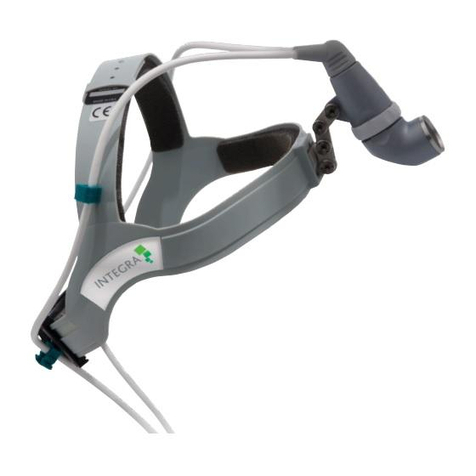
Integra
Integra Luxtec UltraLite Plus Operation manual
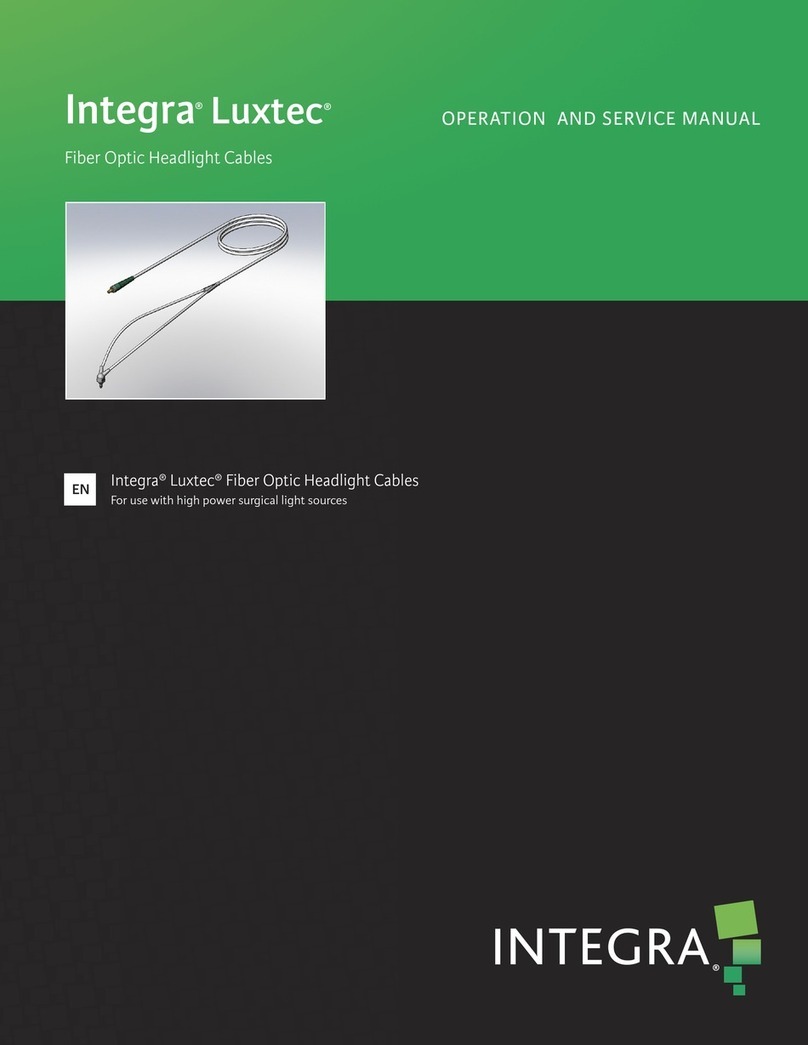
Integra
Integra Luxtec Operation manual
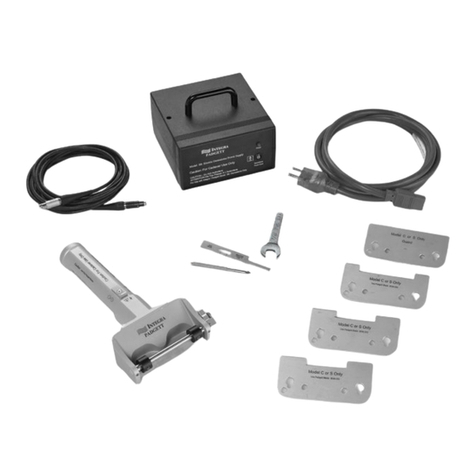
Integra
Integra Padgett SB User manual
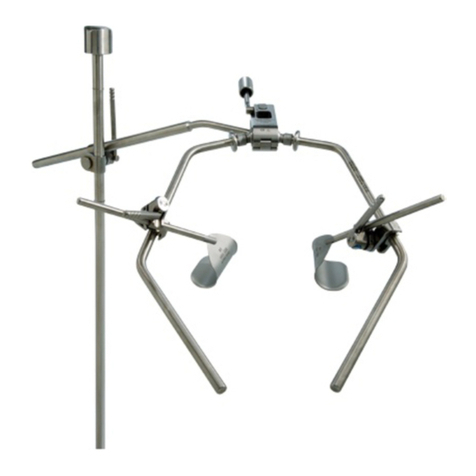
Integra
Integra Omni-Tract User manual
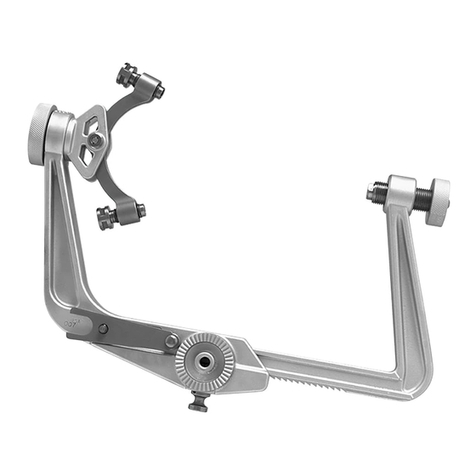
Integra
Integra MAYFIELD A1108 User manual
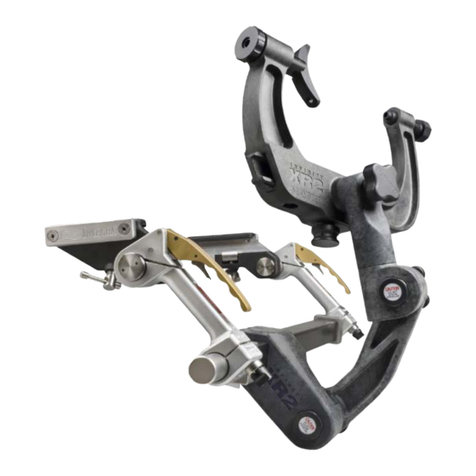
Integra
Integra MAYFIELD Head Clamp A2079 User manual
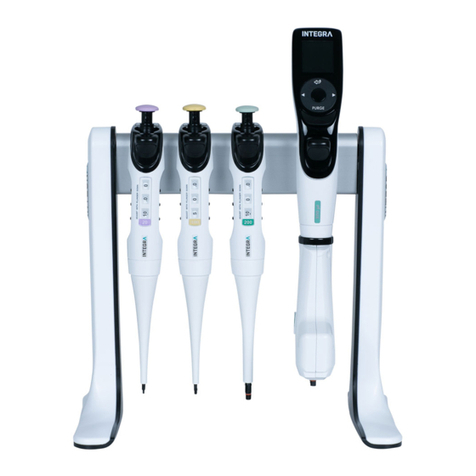
Integra
Integra 3214 User manual
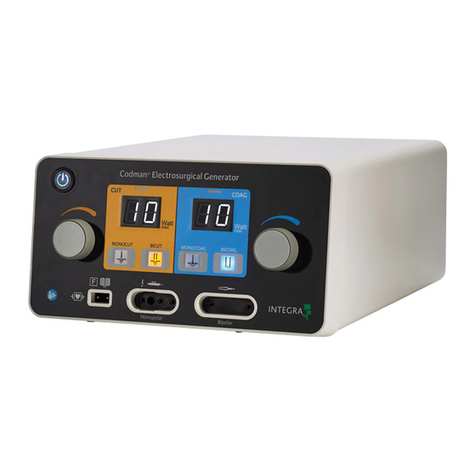
Integra
Integra Codman 901001ESUO User manual
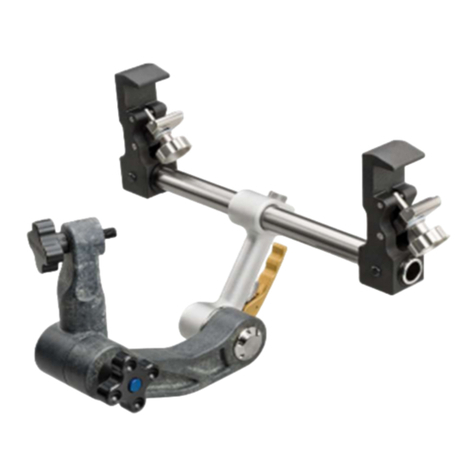
Integra
Integra MAYFIELD Spine Table Adapter A2600R User manual
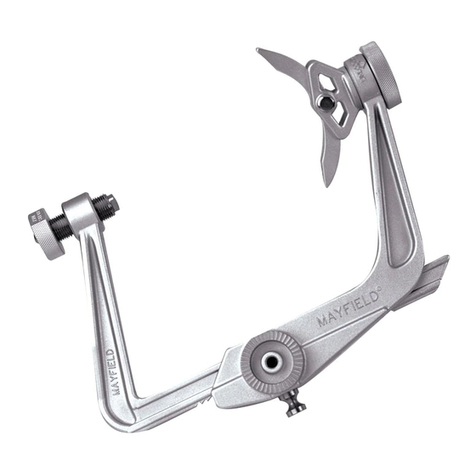
Integra
Integra MAYFIELD A1059 User manual
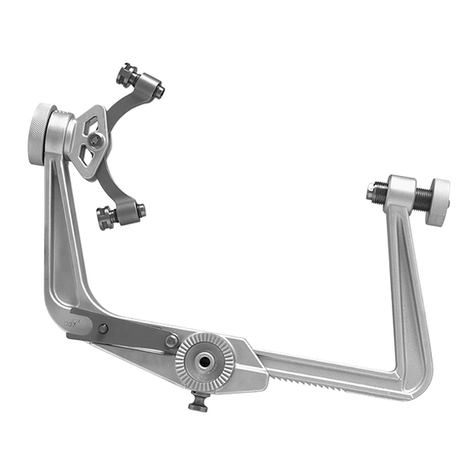
Integra
Integra MAYFIELD A1121 User manual
Popular Medical Equipment manuals by other brands

Getinge
Getinge Arjohuntleigh Nimbus 3 Professional Instructions for use

Mettler Electronics
Mettler Electronics Sonicator 730 Maintenance manual

Pressalit Care
Pressalit Care R1100 Mounting instruction

Denas MS
Denas MS DENAS-T operating manual

bort medical
bort medical ActiveColor quick guide

AccuVein
AccuVein AV400 user manual

